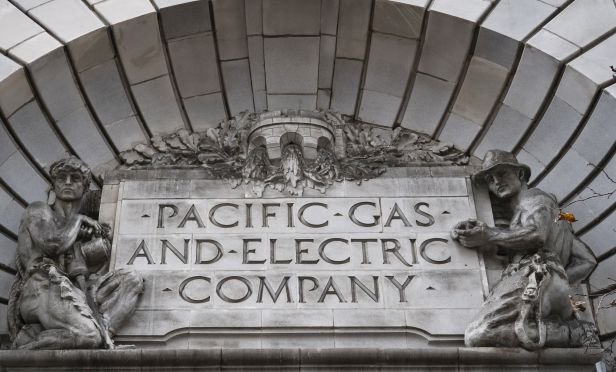 Signage is displayed on the exterior of Pacific Gas and Electric Corp. (PG&E) headquarters in San Francisco, California, on Monday, Jan. 14, 2019. PG&E Corp. said it will file for bankruptcy in California after the cost of wildfires left it with potential liabilities of $30 billion or more, gutting its share price and prompting the departure of its chief executive officer. (Photo: David Paul Morris/Bloomberg)
Signage is displayed on the exterior of Pacific Gas and Electric Corp. (PG&E) headquarters in San Francisco, California, on Monday, Jan. 14, 2019. PG&E Corp. said it will file for bankruptcy in California after the cost of wildfires left it with potential liabilities of $30 billion or more, gutting its share price and prompting the departure of its chief executive officer. (Photo: David Paul Morris/Bloomberg)
PG&E Corp. told investors repeatedly that weather-related disasters were a risk, but many didn't pay enough attention until the company was on the brink of bankruptcy.
Recommended For You
Want to continue reading?
Become a Free PropertyCasualty360 Digital Reader
Your access to unlimited PropertyCasualty360 content isn’t changing.
Once you are an ALM digital member, you’ll receive:
- Breaking insurance news and analysis, on-site and via our newsletters and custom alerts
- Weekly Insurance Speak podcast featuring exclusive interviews with industry leaders
- Educational webcasts, white papers, and ebooks from industry thought leaders
- Critical converage of the employee benefits and financial advisory markets on our other ALM sites, BenefitsPRO and ThinkAdvisor
Already have an account? Sign In Now


